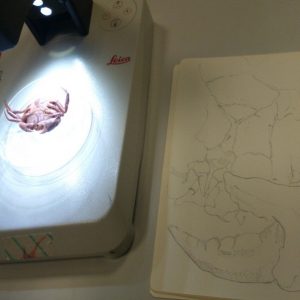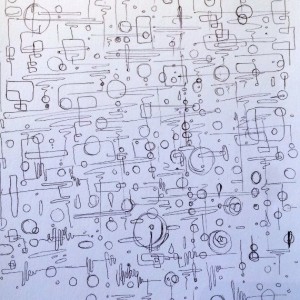Receiving feedback is an emotive process for students. Guiding them to consider their emotional readiness to assimilate comments may improve the feedback/ feedforward process. To add to research on delivering effective feedback, The Developing Engagement with Feedback Toolkit considered how students’ RECEIVE feedback. The research confirmed a common lament that students do not engage with… Read more » about “Am I ready to receive feedback?”
Posts By: Curie Scott
Drawing Slow: 20-60 minutes

In the previous post, I provided some examples of creating fast drawings during taught sessions. Here, I am going to present some ideas of slow drawing which will take 20-60 minutes. Several are examples of observational drawing where what is observed is drawn which facilitates a deeper seeing. This happened during life drawing classes incorporated… Read more » about Drawing Slow: 20-60 minutes
Drawing Fast: 2-5 minutes
There are numerous definitions of drawing. Here, I’ll work with the basic definition: that drawing is when a point moves on a surface, leaving a mark. A typical drawing tool is a pen or pencil onto a paper. Drawing can be integrated into taught sessions in a variety of ways. Pens and paper are easily… Read more » about Drawing Fast: 2-5 minutes
Drawing-in-the-air for teaching and learning
Graduation: swirling graduates’ gowns gather in the grounds of a cathedral. A student presented me to her mother saying she remembered everything I had taught her. I gently teased her, at which point she flung her arms out wide and waggled her fingers gently, repeating words I said two years previously: “I AM A UTERUS!! Here… Read more » about Drawing-in-the-air for teaching and learning
Why doodle? Why not?

On scraps of paper. In the margins. Over leaflets. In meetings. In waiting rooms. In trains. In lectures. In seminars When we are waiting or listening, many of us doodle. Forming, re-forming and editing the lines, shapes and flourishes. But how do you feel when you glimpse students’ doodles during your riveting lecture or seminar?… Read more » about Why doodle? Why not?







